The work of the Georgian Sopho Gongliashvili is memorable in several ways: it encompasses both East and West, you can feel something ancient in her works that still perfectly fits the playful needs of the present. Vibrant colors, unique techniques, personal experiences and cultural heritage—this is Sopho’s art.
The artistry of the Byzantine Empire is a landmark and defining for the applied arts: from here the cloisonné, also known as the enamel processing, can be traced, and it was also used for the sacred images of the enamel plaques on the Holy Crown of Hungary. Although this technology and the crown have been around for centuries, Sopho still uses this method to create jewelry today, and it is not only the technology that makes it special—thanks to the intense visual elements, a very strong own voice emerges, worthily combining the legacy of the past with the present style. Not only do Sopho mix time and vivid colors in her creations, her art knows no bounds even in life: from Japan to London, her work has been presented in many countries around the world, and the world-famous Alicia Keys wore her ring on one of the covers of the American Glamor, and once, one of the U.S. Secretary of States wore her brooch too.
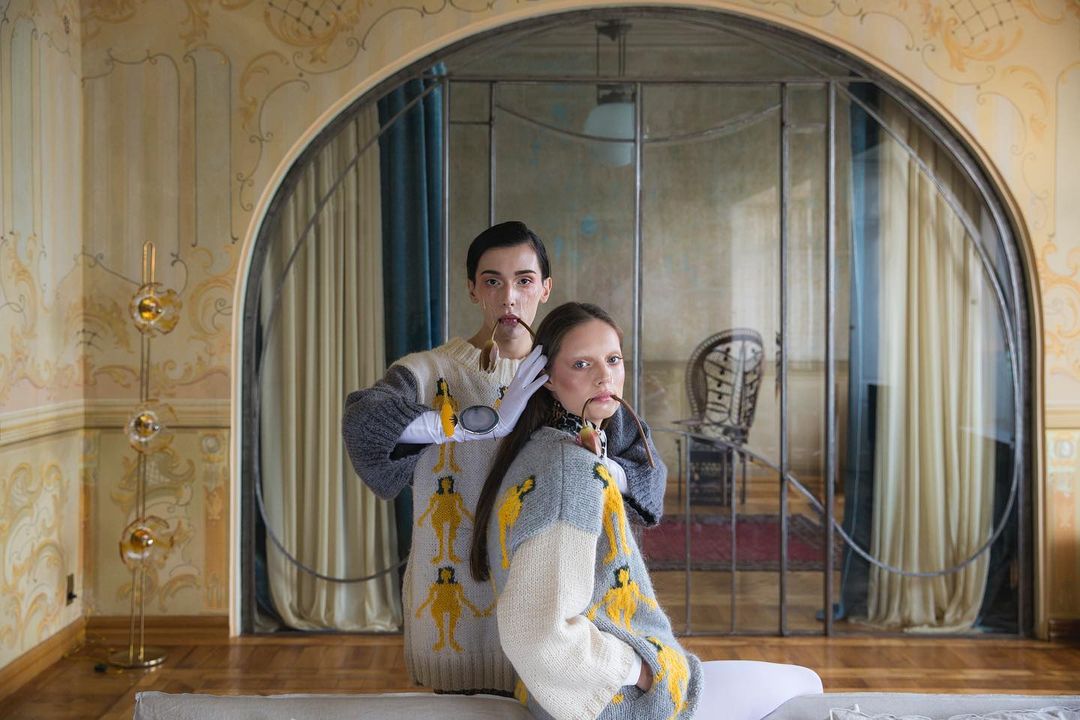


Most of your work is done using the ancient Georgian cloisonné, that is, the enamel technique. Where did the idea to use this in your art come from?
In the 1990s, the situation here in Georgia was very bad, there was almost no electricity at all, and unemployment and poverty peaked. So people tried to occupy themselves at home, to create something handmade as much as possible. At that time, a small group began to revive the technique of making ancient Georgian enamel, which was used mainly for temple objects. No one used this solution for jewelry, and the same “sad” colors were used for the icons, and I decided to change everything in my style—I use bright colors and different shapes. With my jewelry, I wanted to tell the stories that were there inside me and wanted to come out. This technique gave me the opportunity to implement my ideas.
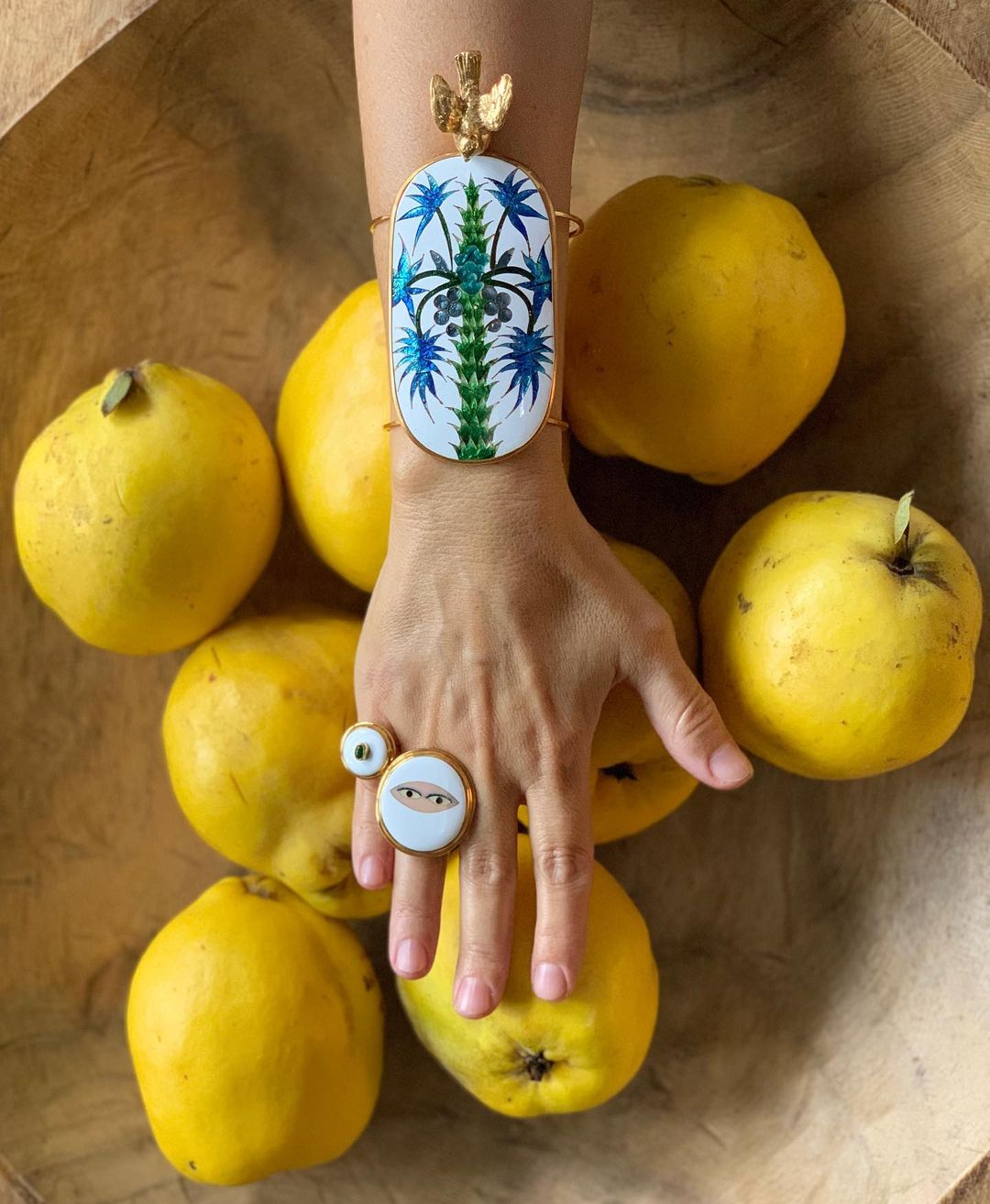
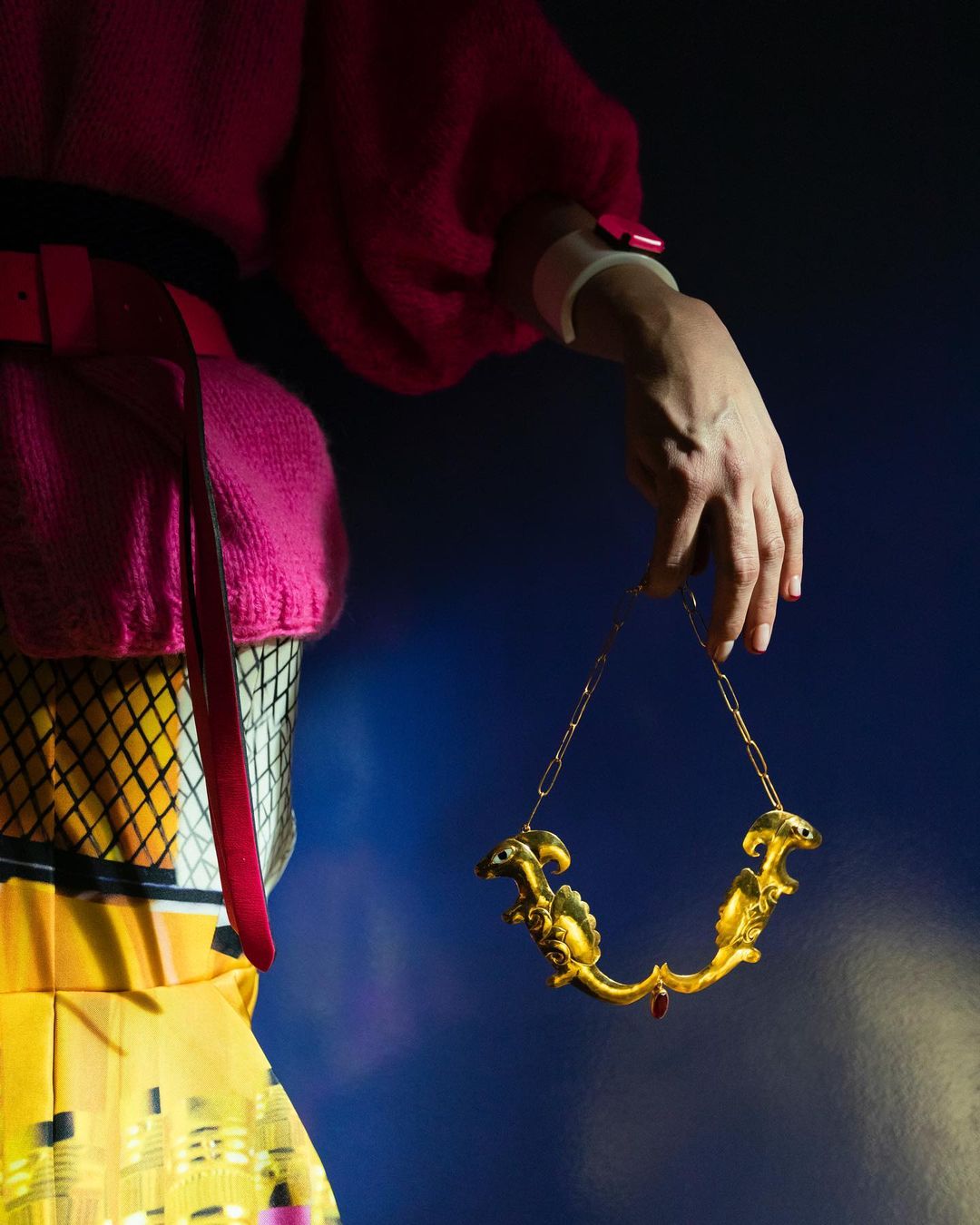
How was your art received in Georgia?
I don’t really know how they were received or what they think of my art, but I do know that there are those who started dealing with jewelry because of me.

In Byzantine art, ancient Roman-Greek traditions are mixed with the spirit of Christianity, and ancient Georgian metalwork preserves the motifs of native Georgian animals—what is your inspiration? Where does your source of inspiration come from?
I draw inspiration from events in my life, in my country, and in the world. I just express my feelings in my collections.

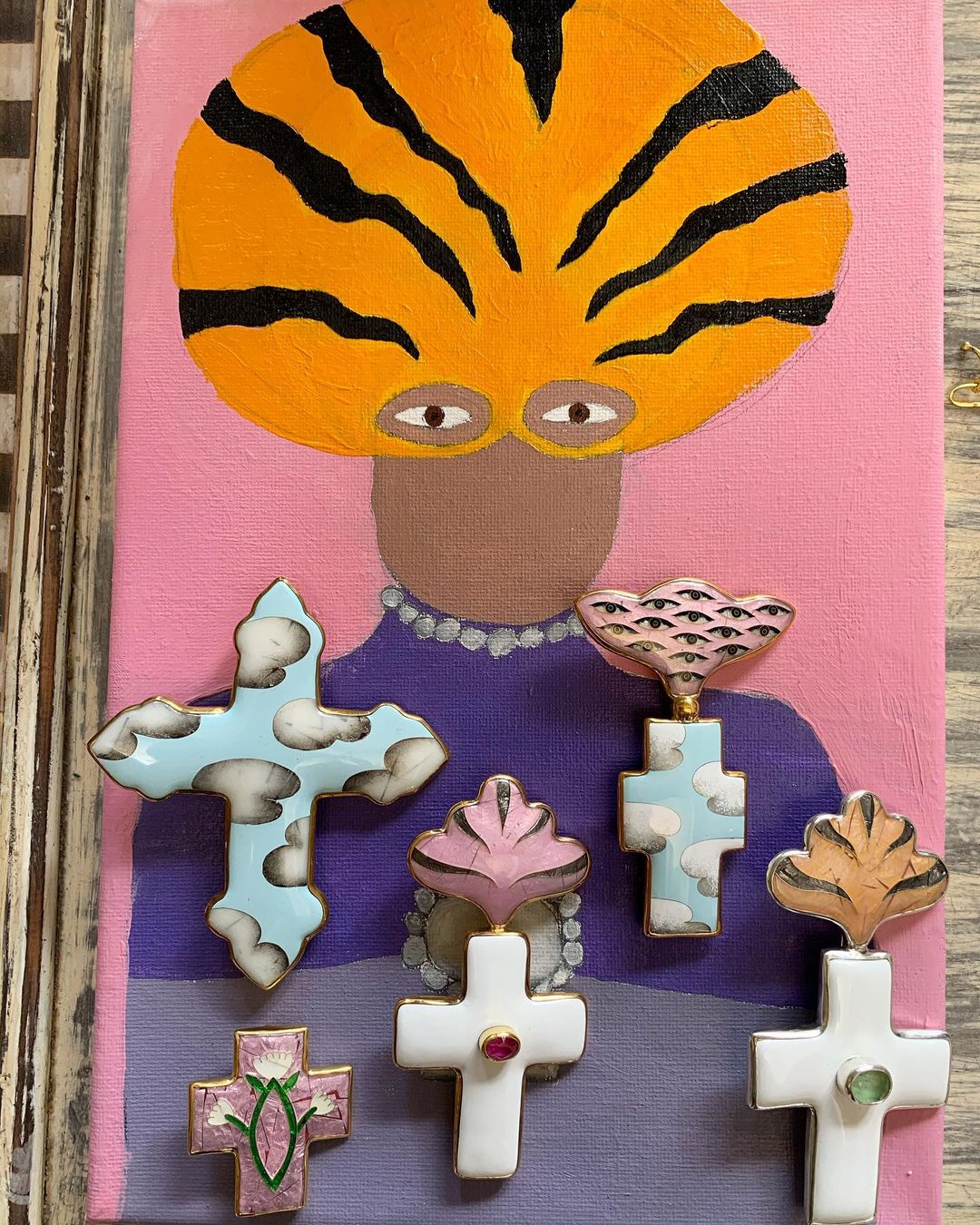
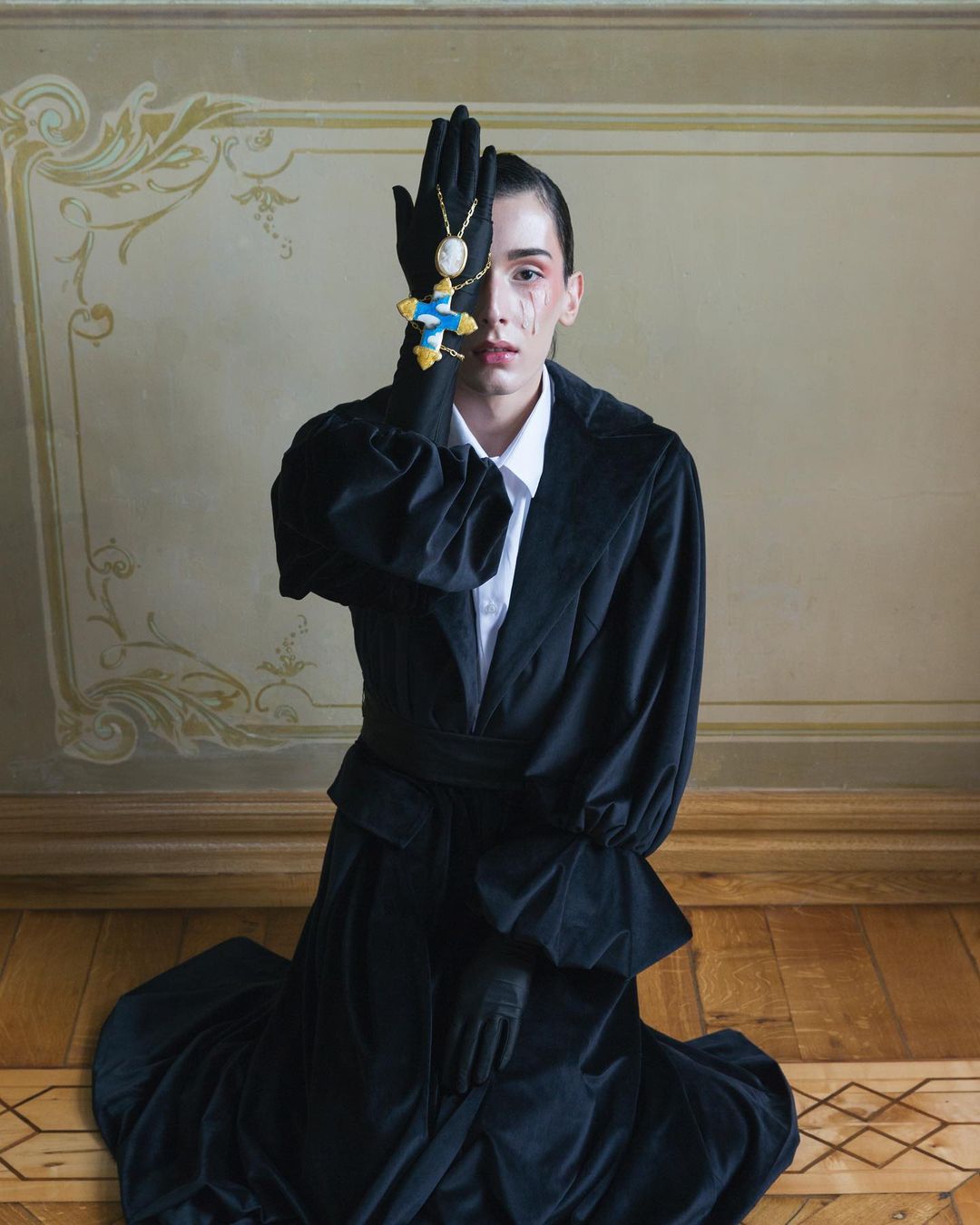
In addition to jewelry, you also make knitwear. Bright colors, distinctive motifs and visual messages play an important role in both. Which part of the creative process do you enjoy the most?
For me, the most important thing is the idea and the creative process when I think about how each piece conveys my stories and messages to people. Each collection comes from a story or an idea, which I then give a title to.
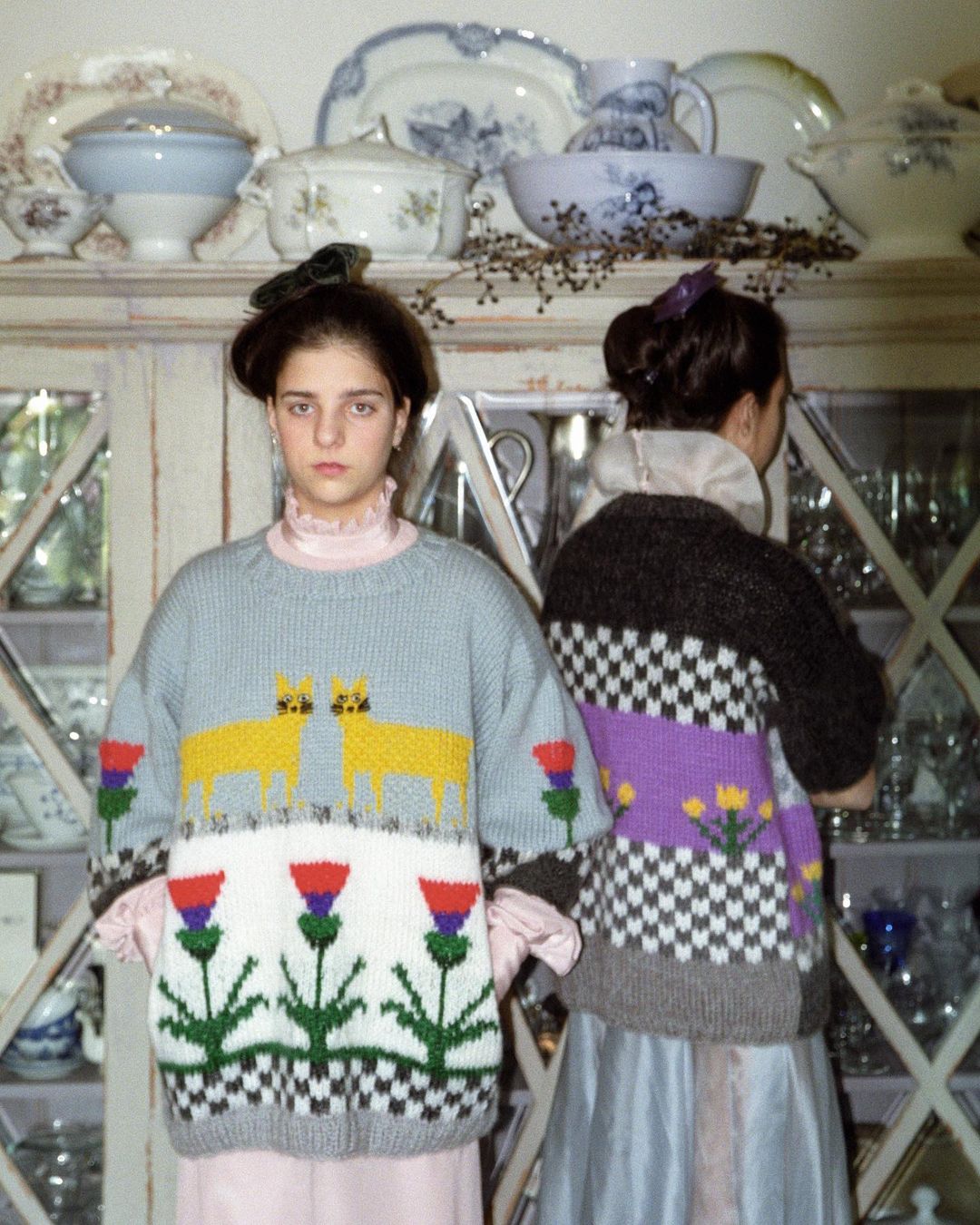
Photos: Louisa Chalatashvili
Sopho Gongliashvili | Instagram
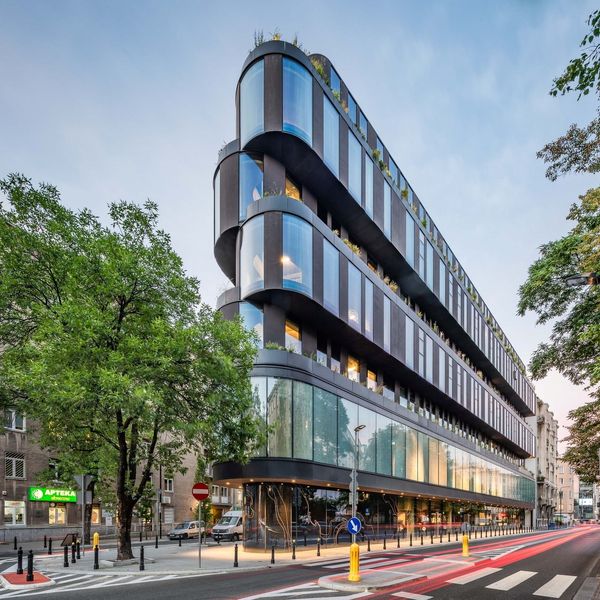
This Polish hotel has won four categories at the European Property Awards











